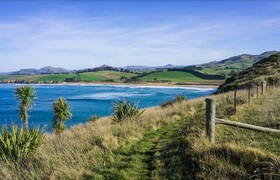Waitaki property owners: urgent call to action as deadline looms *UPDATED*
Waitaki App
15 April 2025, 4:57 AM
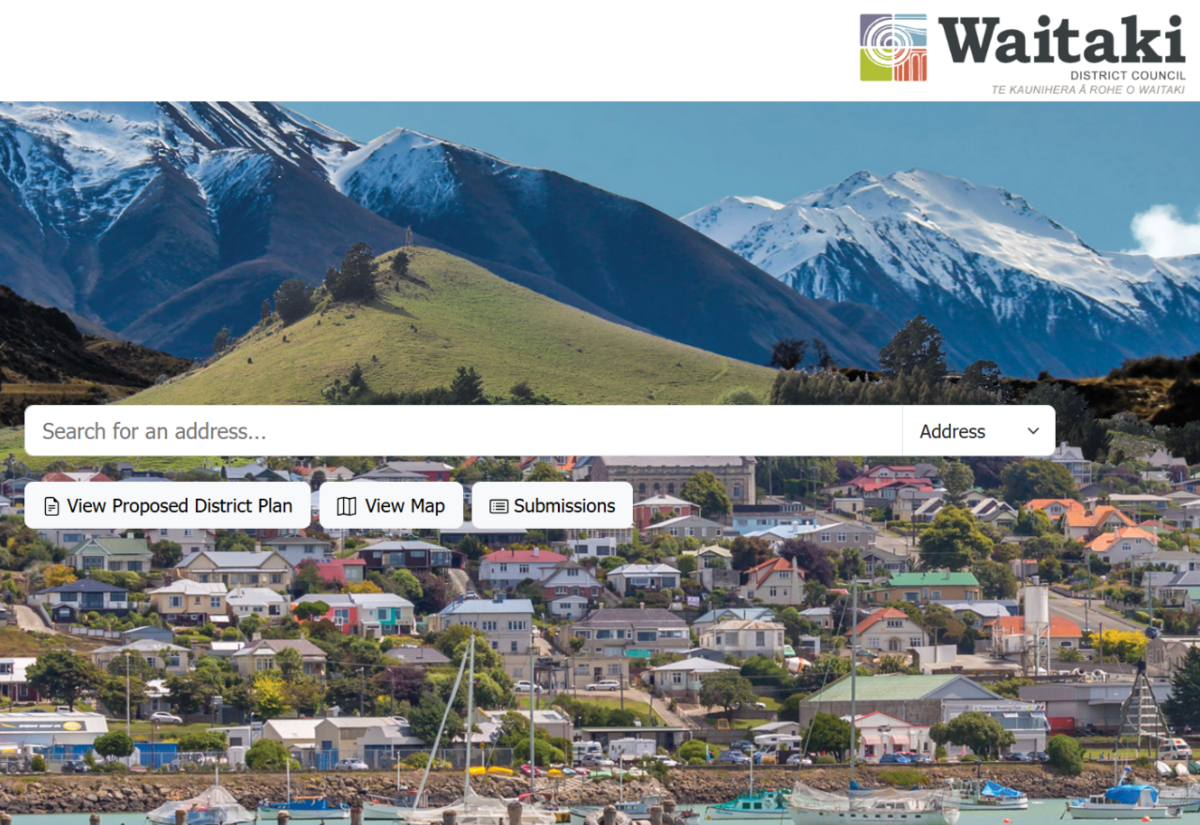 Screen capture of Waitaki District Council's ePlan. Image: https://waitaki.isoplan.co.nz/review/
Screen capture of Waitaki District Council's ePlan. Image: https://waitaki.isoplan.co.nz/review/Reporting by Ashley Smyth and Cara Tipping Smith
An important 8 minute read. First published 15 April. Updated 30 April.
UPDATE: The submission period for the Proposed Waitaki District Plan has been extended to midnight Friday, May 16.
It’s long and complex - and it could affect you more than you realise.
That’s the overarching sentiment of urban and rural property owners working to respond to Waitaki District Council’s Proposed District Plan for which submissions close on 9 May.
There’s a sense of urgency as Waitaki App talks with locals.
“I do feel that once these are embedded, then there'll be no going back from it, you know, that it'll become as of right, and so suddenly people won't surrender that,” Ōamaru man Mark Hay says.
“I think the window of opportunity is quite small.”
The Proposed District Plan has immediate and future consequences for property owners.
The Proposed District Plan sets out the rules for how land across the Waitaki District can be used, developed and protected.
That includes things like zones (e.g. rural, residential, industrial) and overlays - an additional layer of rules that apply on top of zones, based on special values such as significant landscapes, cultural sites, flood risks or ecological features.
Changes to zones or overlays could impact what property owners are permitted to do with their land, now or in the future, although the RMA does protect existing land use rights for lawfully established activities.
One example is that rural areas were previously divided into the Rural General Zone and the Rural Scenic Zone but the proposed plan merges them into a single Rural General Zone and converts the Rural Scenic Zone into an overlay.
As a consequence of the zone change, the minimum permitted subdivision size increases from 4ha to 20ha - impacting the landowner’s potential ability to sell lifestyle blocks down the track.
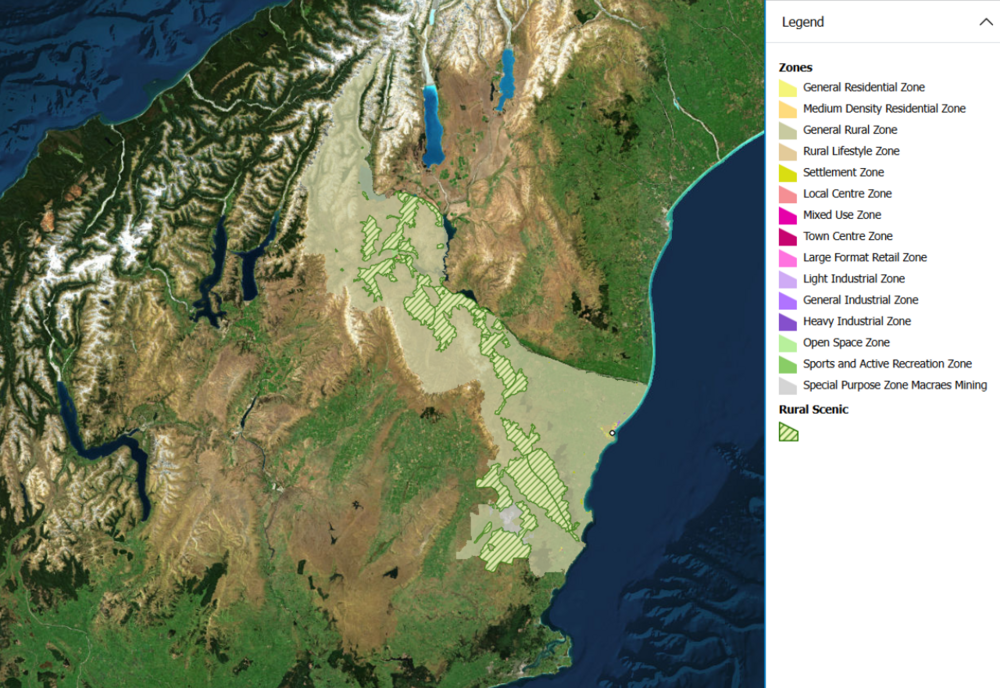
The Rural Scenic Zone overlay is an example where permitted land use could have a future impact for property owners. Image: https://waitaki.isoplan.co.nz/review/
But it’s not just rural property affected by the proposed plan’s changes.
Overlays in the proposed plan include; Rural Scenic Landscape (RSL), Outstanding Natural Landscape (ONL), Outstanding Natural Feature (ONF), Significant Natural Area (SNA), Significant Natural Feature (SNF) and Sites and Areas Significant to Māori (SASM).
To assist landowners in understanding how these overlays may affect their property, the council has provided an interactive map to help them visualise how any proposed changes affect their property.
There are questions about mapping and boundaries.
Mark, who owns property in Ōamaru, says overlays are put on the land to protect various values, “areas that are pretty unique and they need to be protected, and we totally support that”.
“The Waitaki River is a fairly narrow braided area and of course it used to expand over the whole valley, so . . . is it just where it’s currently running through the braided system or do you have to encompass all of the flat areas that are now farmland?”
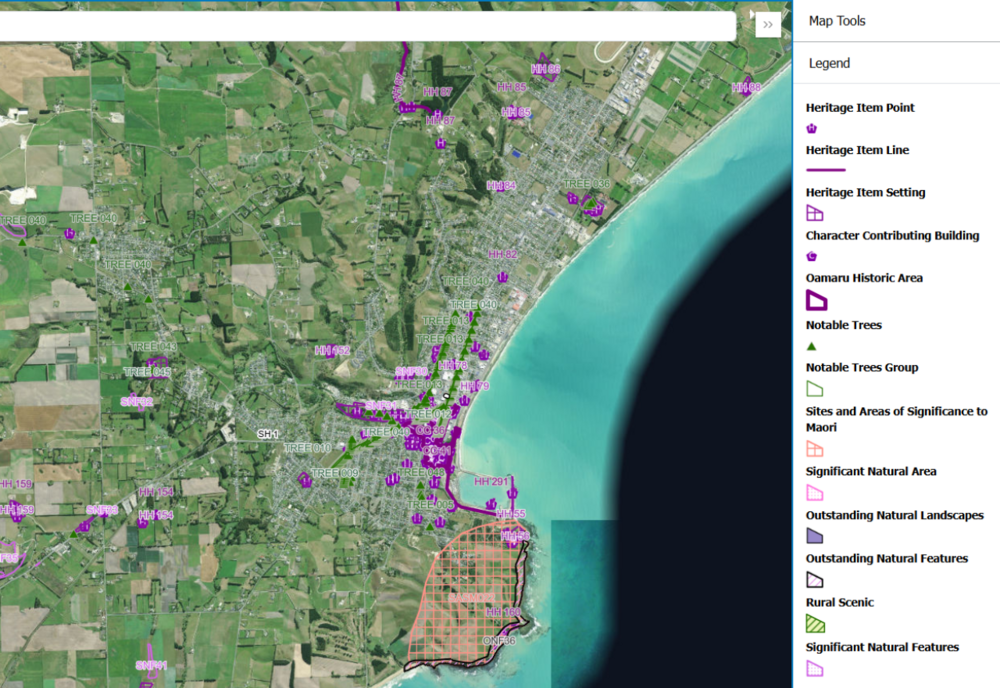
Various overlays in and around Ōamaru according to the ePlan. Image:https://waitaki.isoplan.co.nz/review/
Sven Thelning is a farm consultant, owner of Thelning Systems and committee member of Waitaki Property Guardians.
He gives an example of an initial map that had been drawn, “included, thousands of hectares of land which had not been natural or outstanding since probably well before the sixties”.
“We’re not saying that the river shouldn't be protected. We’re all for that.
“The problem is that to have any effect in your submission, you have to pay a landscape architect.
“So this is where Waitaki Property Guardians comes into this. We’ve been quoted $18,000 to get a report done to try and have that overlay boundary shifted back.”
Council says landowners can choose “to employ landscape architects or other experts to provide advice on overlays that affect their land” but it is not a requirement for making a submission on the Proposed District Plan.
Council has also provided three independent ‘Friends of the Submitter’ to assist people making a submission.
“They can provide good advice for this and to ensure you are providing valid RMA reasoning for your submission,” Waitaki District Council heritage and planning manager David Campbell says.
Loss of property value is not in itself a valid reason for a successful submission.
Sven explains the legal argument established by the courts is that the value of a property is derived from what you can do on it.
“Therefore, when making your submission you need to argue how the rules affect what you do on the property, not the ensuing increase or decrease in value.”
He says that there has been success in getting boundaries modified, but it involves consenting costs.
There was a situation where $2990 worth of earthworks cost “another $9369 in council consultant and landscape architect advice”.
The greater part of the fees were paid outside of the district to consultants in Christchurch and Dunedin, according to Sven.
Concerns about current and future investment necessary to obtain resource consent.
Underwriting some of the tension is the threat of current and future investment in getting maps adjusted to reflect what landowners are seeing on the land as well as future resource consents.
That is something Waitaki Property Guardians, a local organisation that’s stood up on behalf of landowners, wants to be able to help support.
Initiated two years ago, in response to issues identified in the Draft District Plan, the group represents property owners’ interests, “advocating for the protection of individual property rights through practical policies and solutions while considering cultural and natural values”.
“Every one of our committee is one of North Otago’s top people in their field,” Sven says.
“They’ve got big reputations to protect and they’ve stuck their necks out with this. That’s how important it is.
“Part of the problem is that right now you don't need a consent for what you're doing, but you don't know what you might need to do next year.”
Changes to maps can be successfully argued when you make a submission.
Duntroon dairy farmer Geoff Keeling says, “once you’ve got an overlay on your property, rules can change”.
He and his wife, Jan have successfully had two proposed overlays on their property ameliorated. See Farmers successfully challenge District Plan overlays story from Ashley Smyth here.
“But when you think about it, we shouldn’t have had to have them changed, logic should have prevailed.”
Mark says if you are within a town/urban boundary, resource consent will be needed to move more than 300m2 of earthworks in a 12-month period, for any earthworks on ground sloping more than 18 degrees or for cut and fill exceeding 1.5 metres.
That means levelling a site for a house or installing a driveway could potentially trigger a resource consent.
“That’s one part of it… I think they’ve gone too far with that,” he says.
Overlays cover tens of thousands of hectares of the Waitaki and some properties could be subject to more than one overlay.
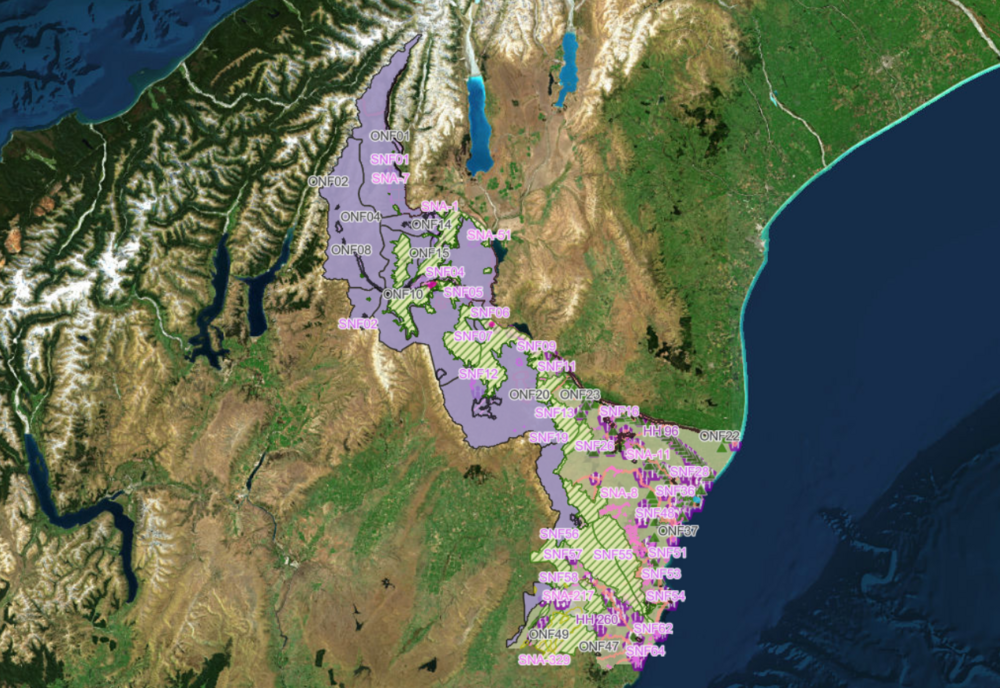
A bird's eye view of mapping some of the different zones and overlays provided in the ePlan. Image: https://waitaki.isoplan.co.nz/review/
Where external-to-council parties are the experts, including Heritage New Zealand, Iwi and others, gaining resource consent could require additional consultation.
Where there is a range of experts with subjective opinions, the council could require expert advice to be peer reviewed at the land owners' expense.
How much applications will cost, how they will be processed and in what timeframe is unclear.
The current Resource Management Act is driving many of the changes.
David says the District Plan process is entirely guided by the Resource Management Act.
The council provided background to the overlays throughout the Draft District Plan consultation process from 2022, stating “it is a matter of national importance under the Resource Management Act” to recognise and provide for them.
Property owners are at pains to state that they are not against valid protections.
Equally, they do not want to be forced into a potentially expensive, adversarial stance against any other stakeholder or group.
Sven says, “It’s not us versus Iwi. It’s not even really us versus council”.
“We’ve got to be clear about that. We’ve got some good people in there.”
Mark, Geoff and Sven also recognise the council has to follow the RMA and is legally in the right.
“They put out a thing that’s so complex and they have to because that’s the RMA,” Sven says.
“That’s the fundamental issue - the RMA.
“That’s why the Government’s replacing it.”
Waitaki didn’t need to issue the plan now, he says.
“They chose to jump in with the outdated, complex, old RMA and put that into effect instead of waiting just a few more weeks to get a steer on the new one.”
He notes that while the Government’s replacement act might have less complexity, “it still has the critical ones that we’ve got the biggest problems with”.
The council holds a different position.
"The Government has not yet published its proposed RMA reforms, and they are not intended to be legislation which Council could use to change provisions [until] mid-2026 at the earliest”, says David.
The time to look at your property and potential impacts of the Proposed District Plan, is now.
Timely action now is vital, according to all parties.
David says the council has also been working constructively with the Waitaki Property Guardians.
“Providing them with information to share with their members regarding how to access the free and independent Friend of the Submitter.”
Speaking to a Friend of the Submitter, they suggested the council was the best place to start an inquiry about your property.
“If you’ve had a look at the proposed ePlan, found your property and associated mapping layers but have some questions about how this might affect you, contact the council for clarification from their planning team”, they said.
“If your understanding of the proposed plan leads you to make a submission, a Friend of the Submitter can help you with that process.
They suggested owners contact the service early rather than leaving it until May.
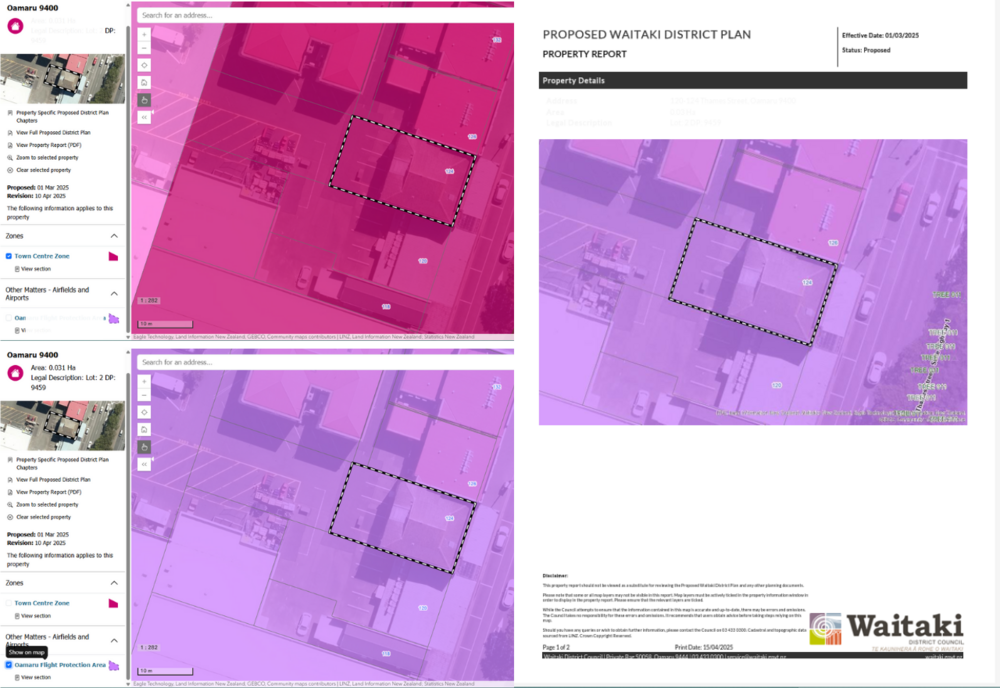
Example information provided by the ePlan with associated downloadable report. Image: https://waitaki.isoplan.co.nz/review/
Waitaki Property Guardians also encourage property owners with concerns to get in touch with them.
Sven says people can join the group and split the cost of the planner and landscape architect if required.
“They're better off to split their cost and have a lower cost now than to have to pay $6-10,000 next time they need a consent, under the new rules.”
Additionally, he encourages people to review and submit on the new RMA when it’s available for submissions because, “they’re talking about when these property rights are taken away, that property owners under the new RMA will hopefully be compensated for them”.
“If they still do legally have to do this at least people will get something back.”
To find out if your property is affected:
- Find your property on the council’s interactive map at waitaki.isoplan.co.nz/review
- Contact council for specific advice on your property
To find out more about Waitaki Property Guardians collective response:
- Contact Waitaki Property Guardians
To make a submission:
- See council’s advice on how to make a submission
- Email council’s Friend of the Submitter service at [email protected].
Submissions on the Proposed District Plan close midnight Friday May 6.
NEWS
WHAT'S ON GUIDE
